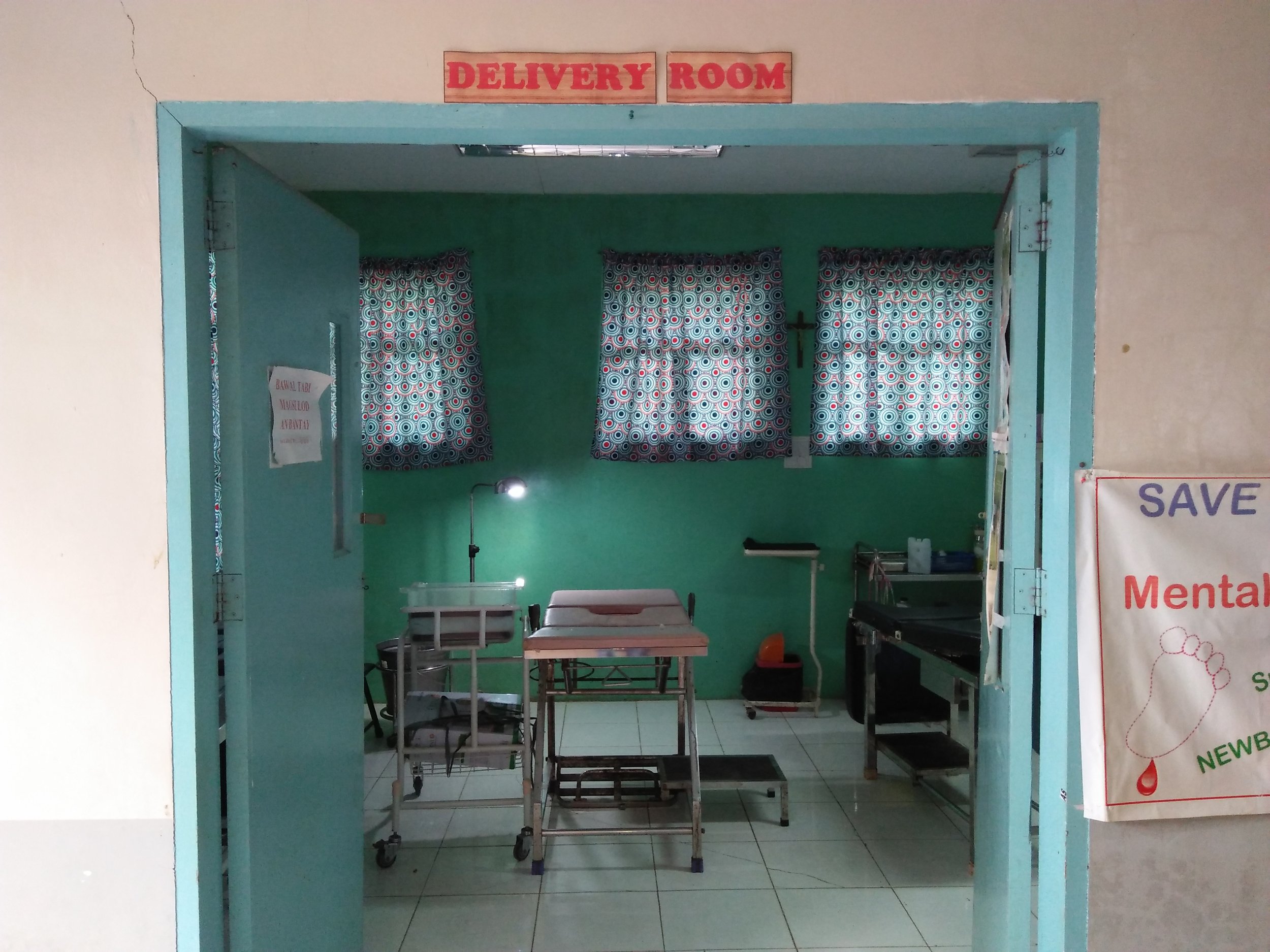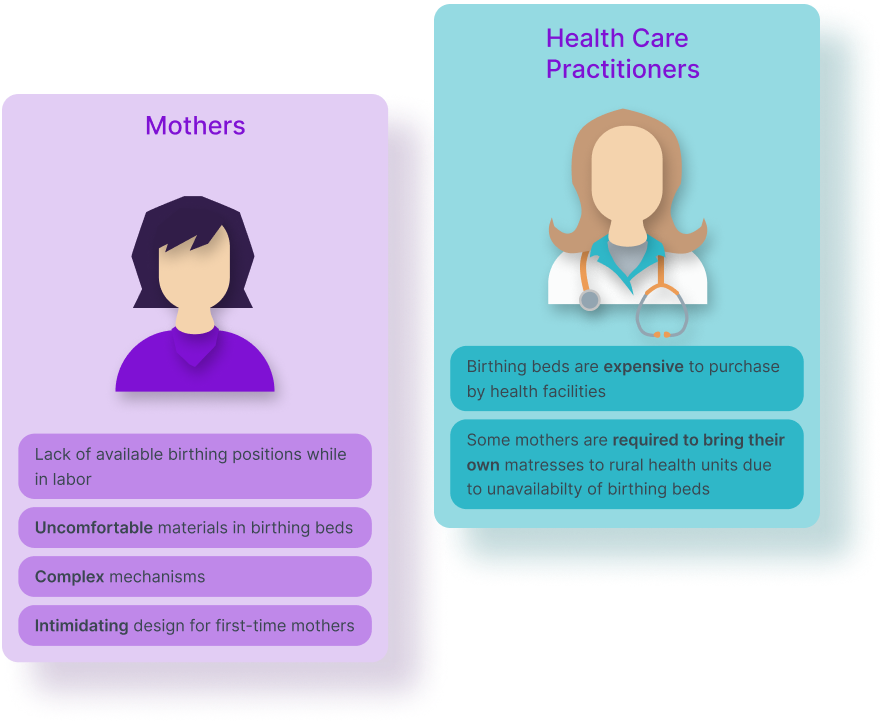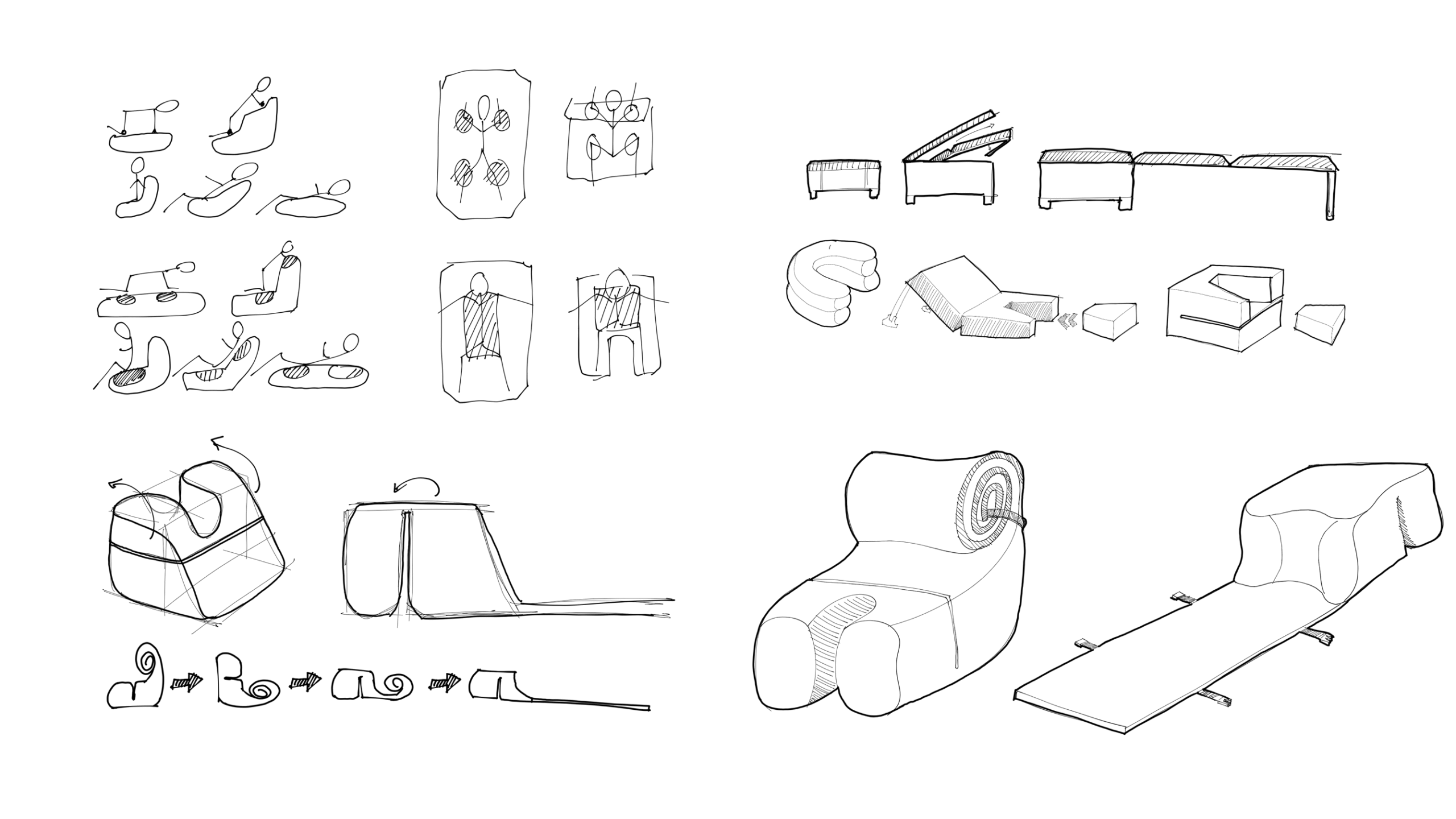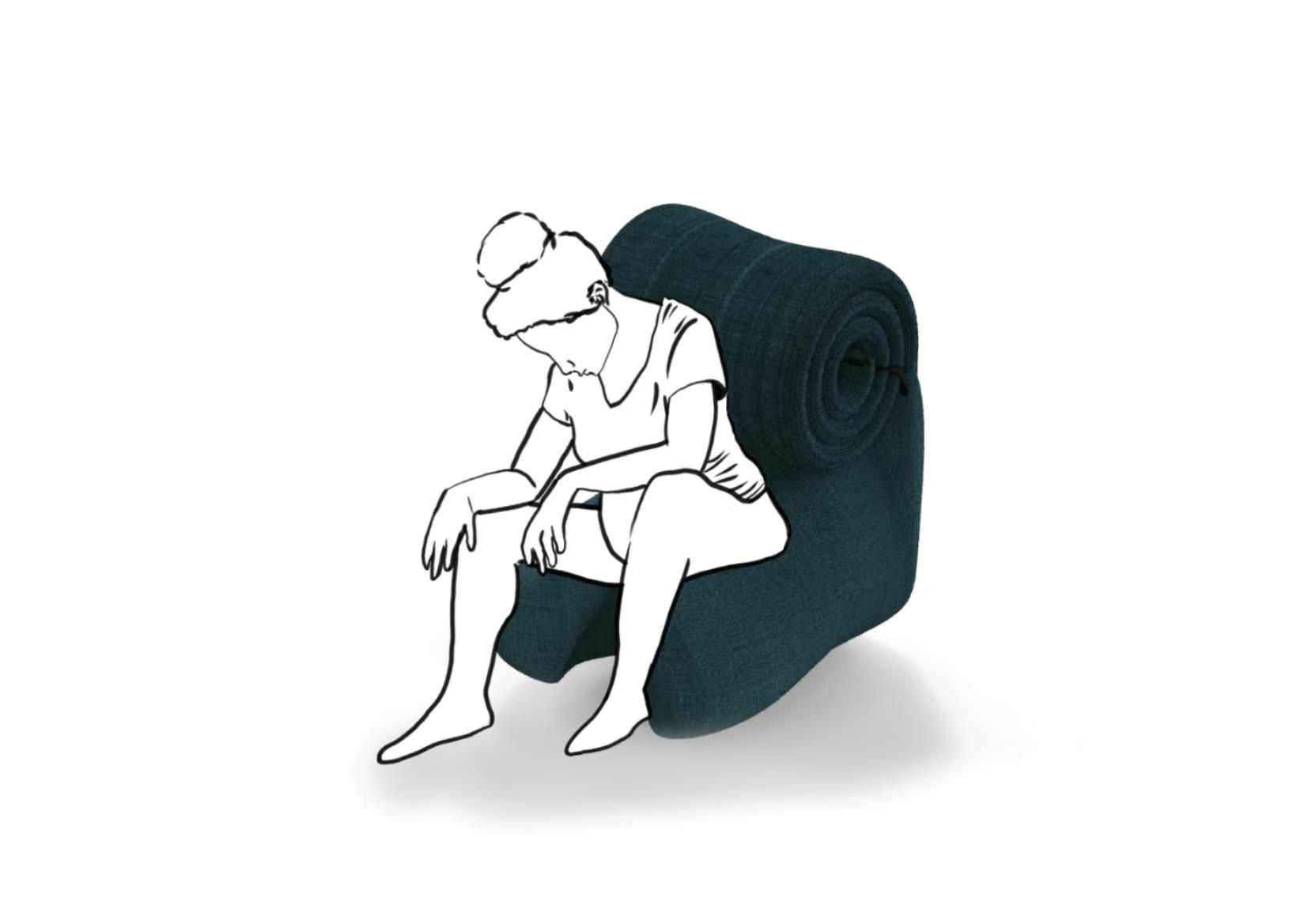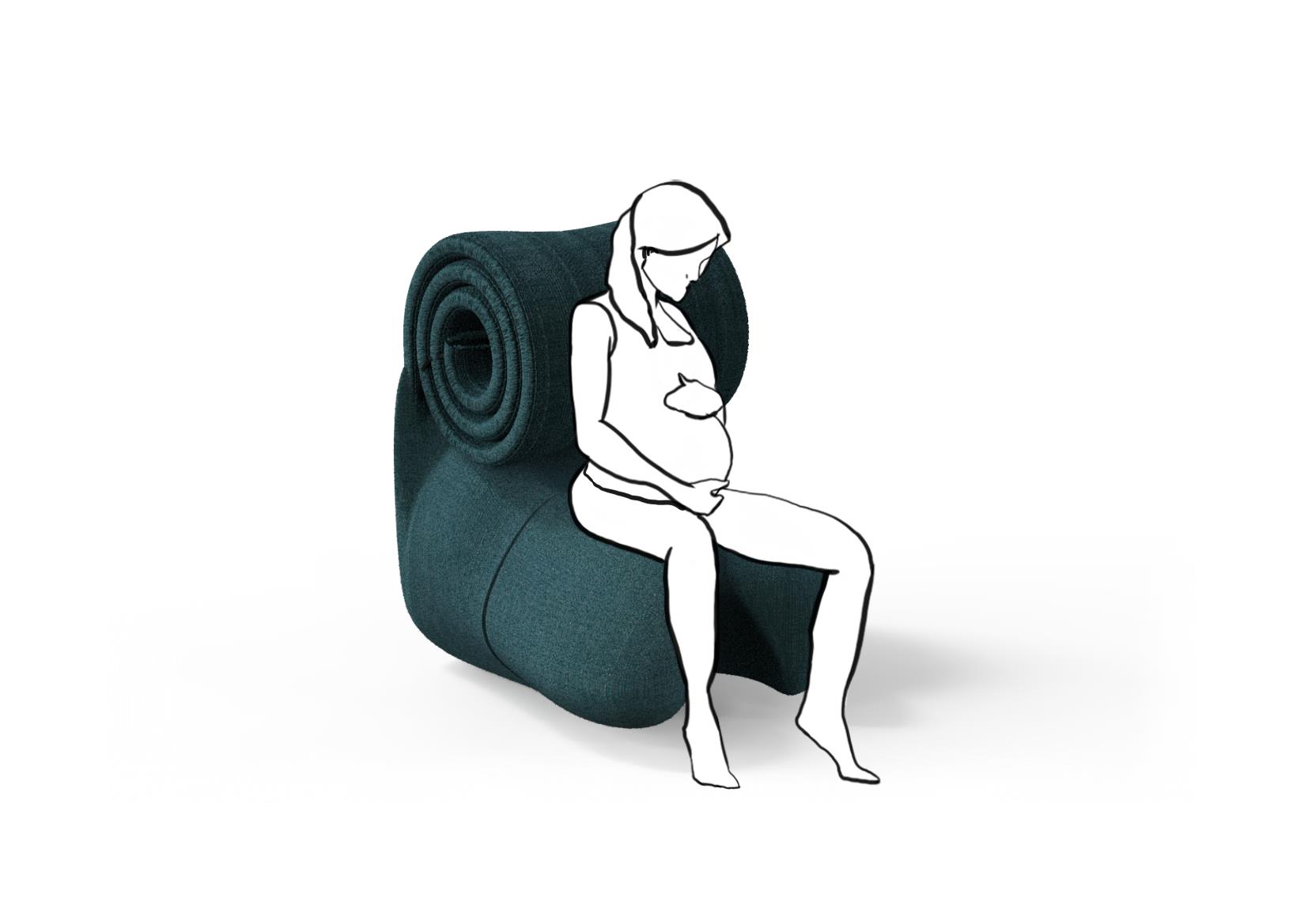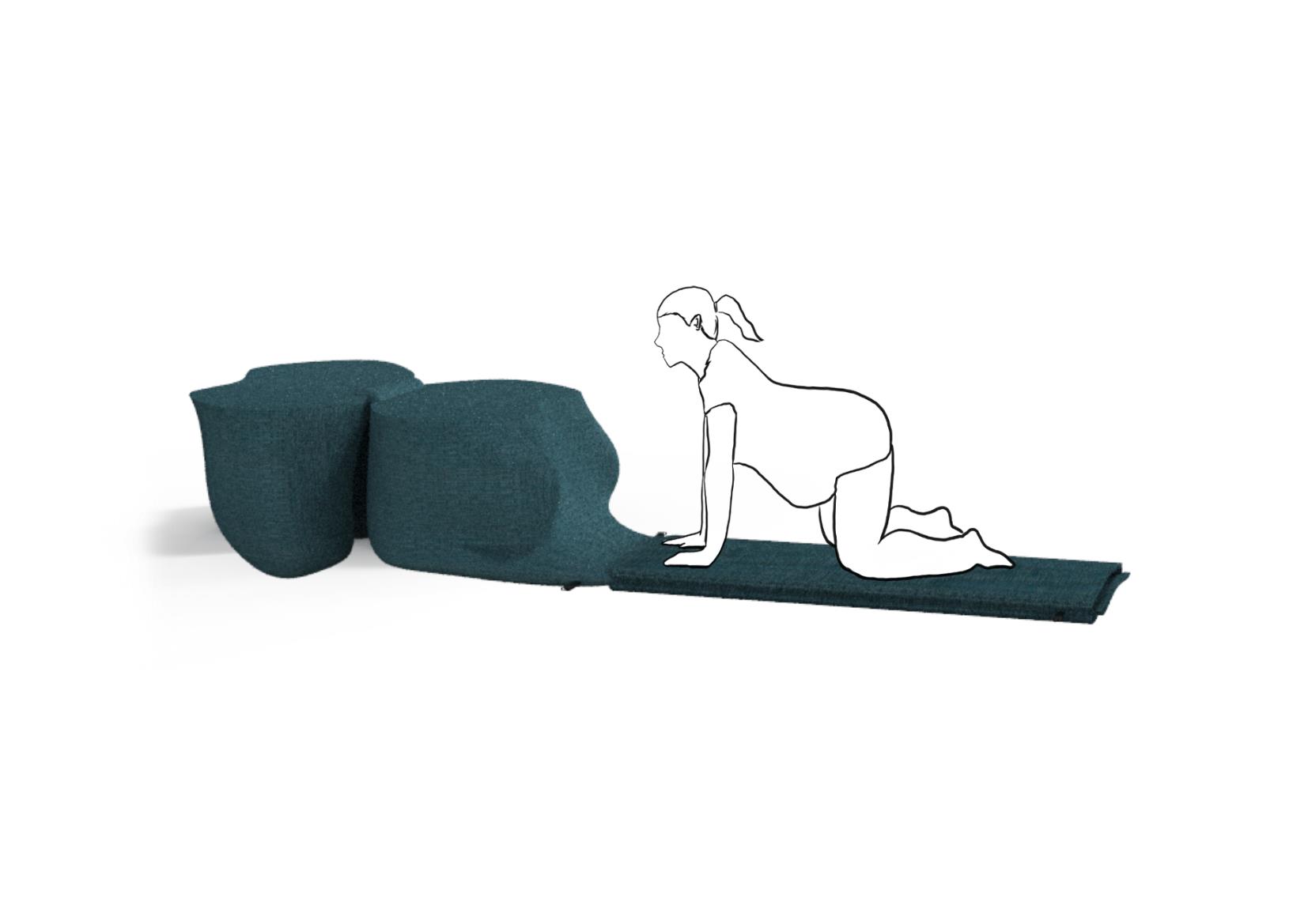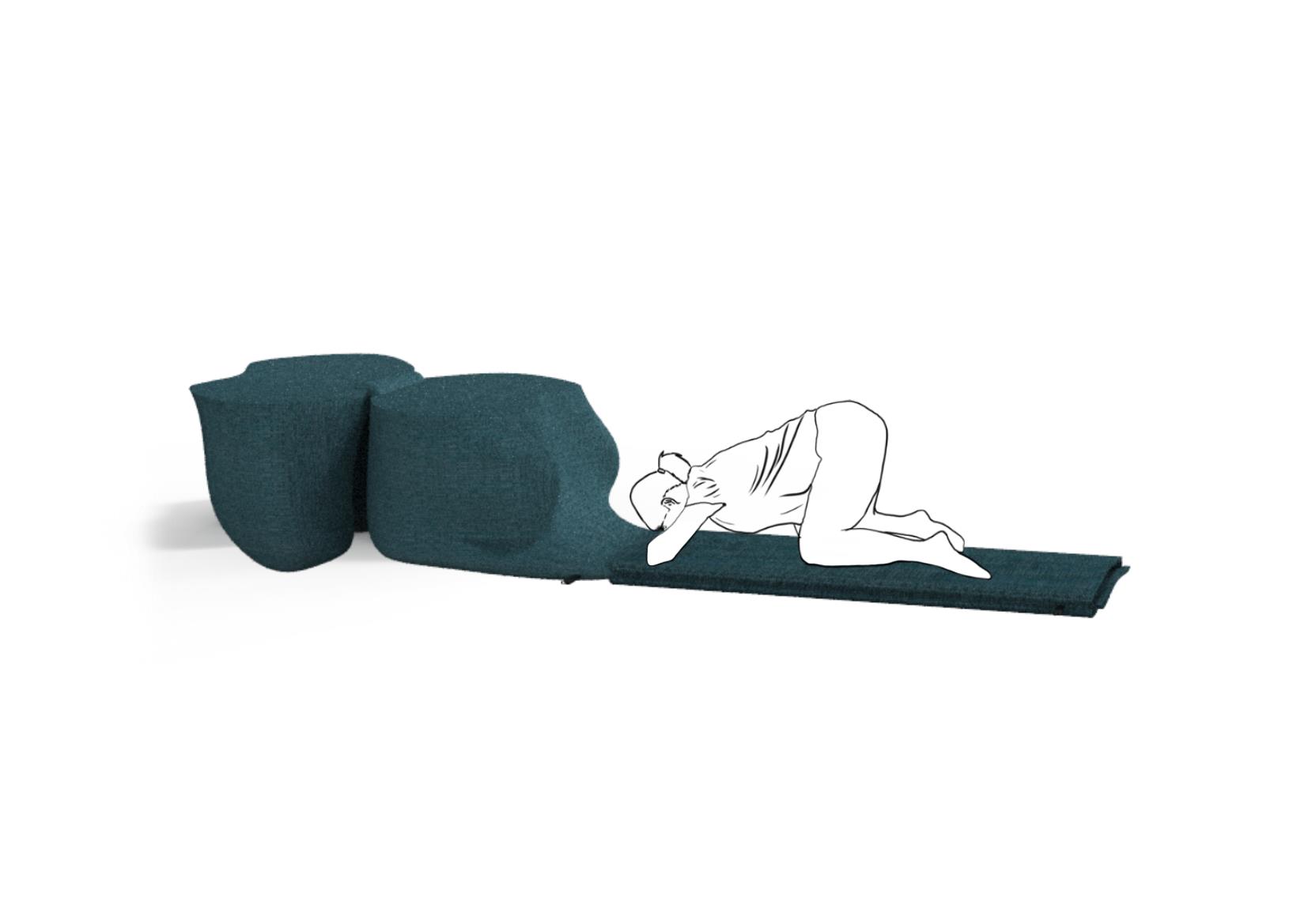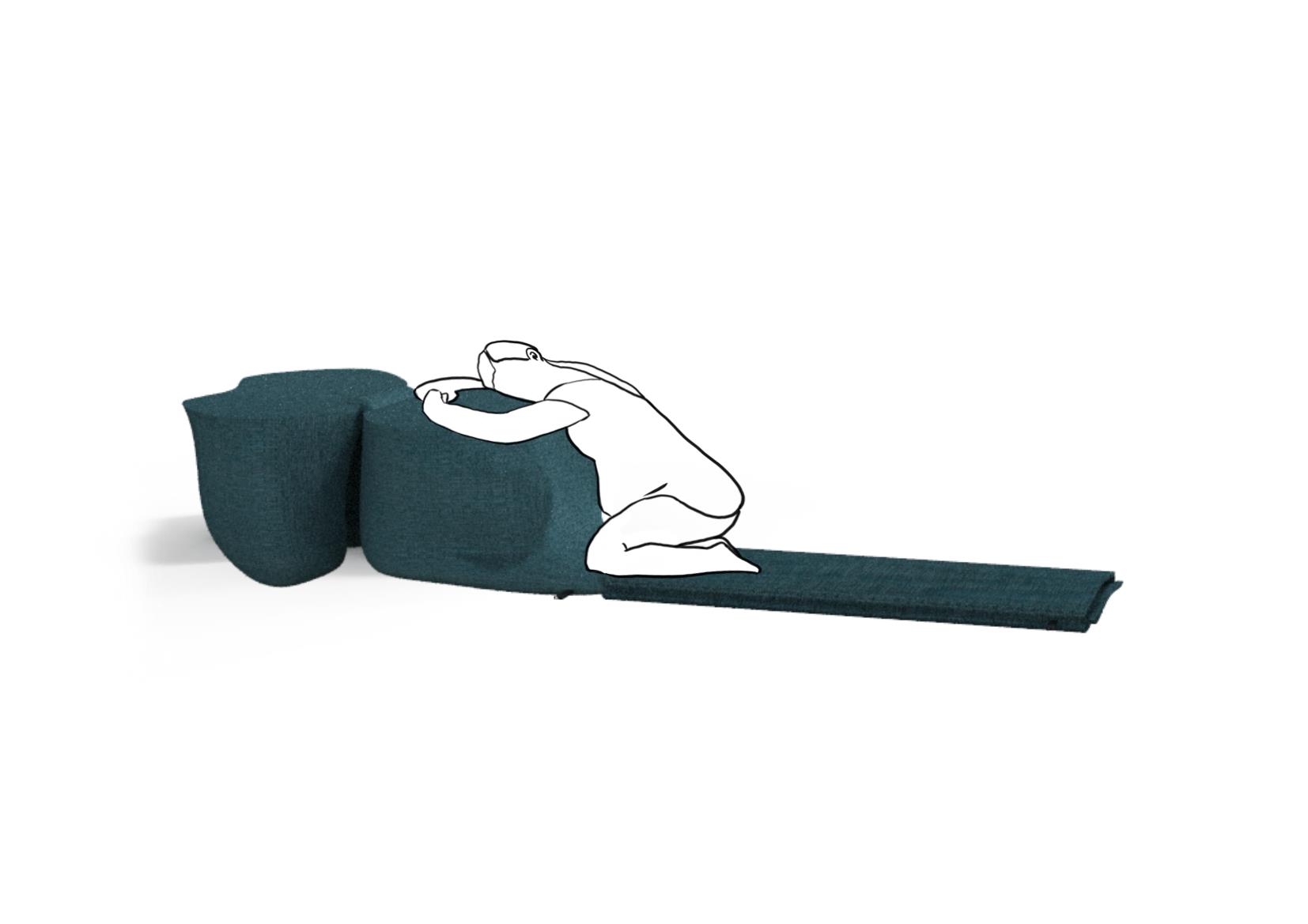HEALTH DESIGN • INNOVATION
reBIRTH
A woman-centered birthing tool that helps accommodate a variety of birthing positions for a positive birthing experience. This project is a group entry for the James Dyson Award in 2020 where it won as the Philippine National Winner.
Role: Industrial Designer, Communications Lead
Type: Team Project Submission for James Dyson Award
Year: 2020

The Challenge
Birthing practices vary between cultures. In some indigenous Filipino cultures, women give birth on the floor instead of a bed, while others give birth while squatting instead of lying down. However, a conventional obstetric bed doesn't afford this variety of positions, keeping a woman lying on her back when other positions can make labor easier for her. It also looks intimidating and uncomfortable to a would-be mother. Doctors in underserved areas at times have to ferry mattresses over far-flung areas to reach a woman in labor, or when there are not enough beds.
There is a considerable lack of maternal health innovations in the Philippines that leave birthing beds and tools designed often with the health practitioner in mind, and not the mother. Birthing beds that exist in the Philippines are either too simple that it basically is a flat surface to lie down on or complex metallic mechanisms that intimidate mothers alike especially those coming from far-flung rural areas.
DESIGN QUESTION
How might we design a tool that helps empower mothers in labor to take charge in creating their own positive birthing experience?
Interviews with mothers and health practitioners in rural areas
Online interviews with healthcare practitioners from rural areas were done to capture the in-context scene we were trying to investigate. This helped us empathize with what mothers giving birth and doctors in such far-flung and geographically isolated areas are experiencing: very little resources, distant trips from people’s homes to a healthcare unit, and natural birth as the primary birth delivery method.
The usual design of obstetric beds forces the mother in labor to lie down on her back, inconsistent with the natural physiology of labor. The team has interviewed health care practitioners from rural areas and mothers with experience in natural birth to better understand the problem being designed for.
Being able to talk with mothers who have underwent natural birth was insightful to know that the tools, environments, and initial perception all affected how they had felt before even getting on the obstetric beds to give birth.
Research Insights
Discussions with healthcare practitioners and mothers yielded the following:
- Women during childbirth feel disempowered and have no sense of control over their own bodies.
- Today’s obstetric beds in the Philippines are designed more for the medical practitioner than for the mother, are intimidating for mothers, and do not support the natural physiology of birthing.
- In some indigenous Filipino cultures, women give birth on the floor instead of on a bed, others give birth while squatting instead of lying down, as part of their culture and beliefs.
Pain points with current birthing tools synthesized from interviews:
- Lack of accommodation for a variety of birthing positions
- Uncomfortable materials
- Complex mechanisms
- Intimidating design
- Expensive for rural health units to procure
“It is important that any particular position is not forced on the woman and that she is encouraged and supported to adopt any position that she finds most comfortable.”
- W.H.O. Recommendations: intrapartum care for a positive childbirth experience (2018)
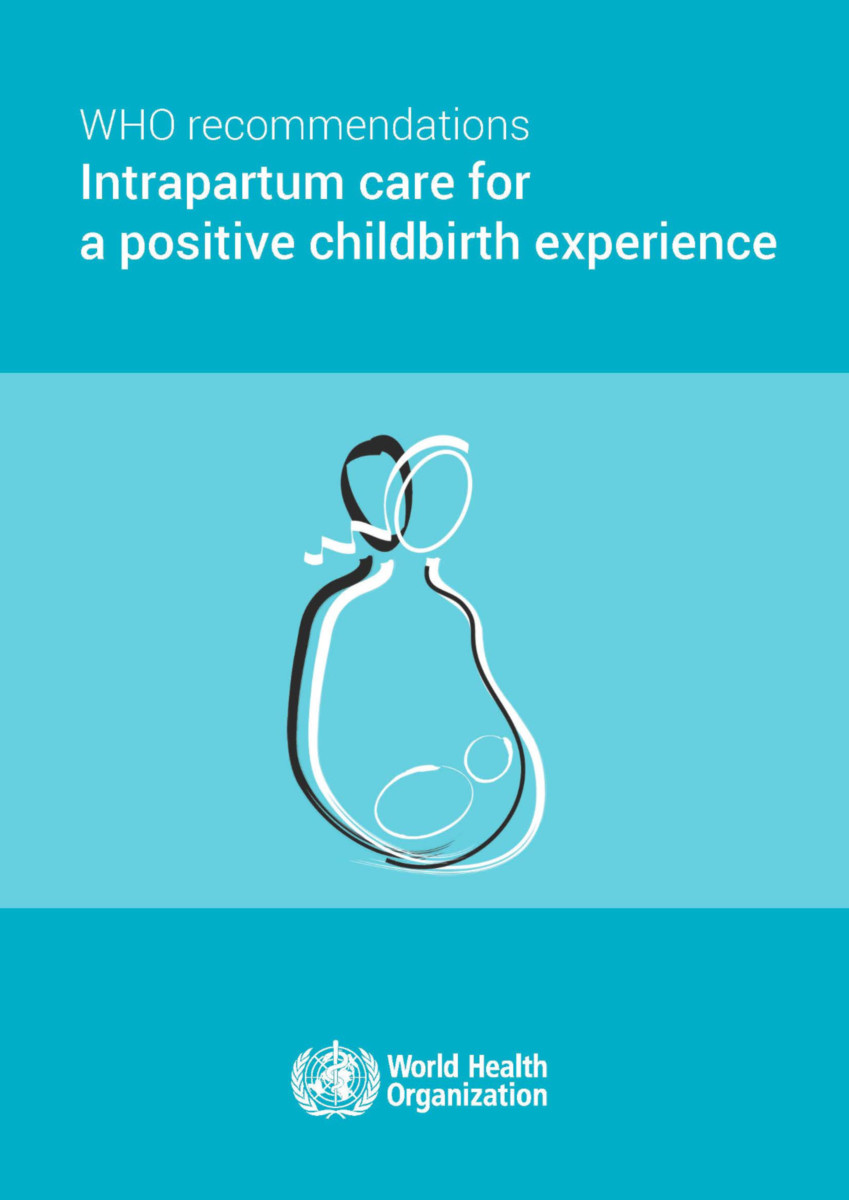
The WHO recommendations for intrapartum care for a positive childbirth experience (2018) has been a pivotal resource in this project. This resource had been brought to light to the team by a maternal health innovations expert we had conversed with.
Design Process
The team, comprised of engineering and design students, took into consideration the variety of positions a mother may choose in any stage of labor which resulted in the tool having three components that allows it to be reconfigured accordingly and without sacrificing the mother’s comfort.
Its interior is made of two layers of foam: coconut coir for support and polyurethane for comfort, both of which are easy to procure and replace when they deteriorate. Its exterior will be covered by waterproof olefin fabric for ease of cleaning.
reBIRTH enables mothers to give birth in the position of their choice. Its various configurations support a variety of upright & lying down birthing positions. It makes labor more comfortable and less painful than when done on current obstetric beds.
Its default configuration encourages an upright labor position which can be done using the stool or via the flip-in-and-out part. The C-shaped stool is designed as the passageway of the baby and the mother’s discharge, while the flippable part can serve as a wedge or a backrest.
The other mode caters to birthing positions such as kneeling, lying, side-lying, and semi-inclined through a roll-out mattress. The simple configurations of reBIRTH make it easy to use while catering to a wide variety of birthing positions.
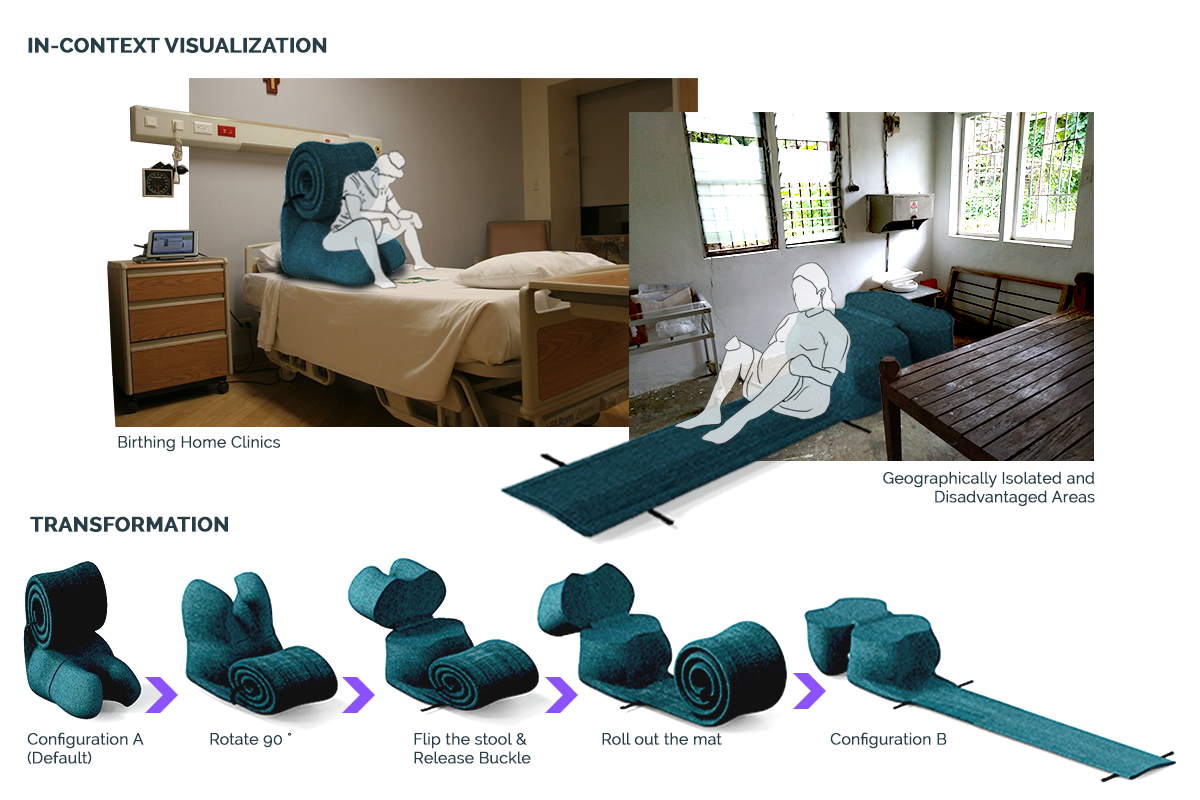
© Erik Asia 2025. All rights reserved.
